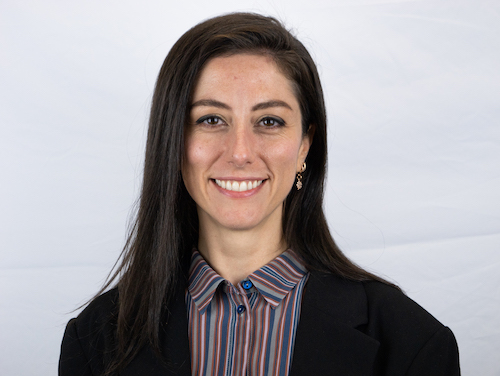Two prizes awarded last week by Align Technology have brought great honour to dentistry research carried out at UniCamillus. The award was given to Professor Roberta Lione, who declared herself satisfied with the results obtained after 4 years of research conducted both in the laboratory and on the field. “This United States company awarded with funding only 4 projects in Europe. The fact that two out of four are from UniCamillus makes me very proud”.
The two winning research projects are called Effects of IPR by mechanical oscillating strips system on biological structures: a qualitative evaluation and Cephalometric assessment of mandibular sequential distalization with Invisalign in Class III patients. The Professor explained to us what these two projects are about.
Professor Lione, what are these two research projects about?
“Simply put, the first one is about a procedure that can be applied in case of a very common condition, namely dental crowding, which causes crooked teeth. The second one concerns an innovative procedure aimed at extracting teeth in the lower dental arch. Moreover, the two projects developed differently. The IPR project took a long time and its main purpose is to standardise interproximal enamel reduction, a widely performed dental procedure, aimed at making room between teeth and aligning them. The other research project is more recent and its goal is to highlight an extremely innovative procedure, for treatments that did not exist before”.
What are the innovative approaches proposed by your research?
“Let’s take as an example the case of a patient with crooked teeth. The main cause of crooked teeth is the lack of space between them. IPR would be able to make room between teeth by using abrasive strips on their surface in order to reduce their width of about 0.2 millimetres. At first, patients might be worried about this procedure, thinking the reduction of enamel might cause more problems in the future, such as caries. In our research we showed how, by performing the procedure with our system, there is no damage to the enamel, and in addition, the doctor can programme in advance the quantity of enamel that needs to be taken away. Thanks to digital programming, the doctor can assess the exact amount of space needed between teeth. But in order to move to a clinical setting, we must follow a specific protocol. And that’s exactly what we did. For this reason, our research carries a double purpose: showing the safety of our procedure to the patient and at the same time allowing doctors to perform with more precision what was programmed. During the research we went through every phase of the process and performed the procedure in order to standardise it and spread its use.
In the cephalometric assessment of mandibular sequential distalization we assess the possibility of performing new procedures and treatments thanks to the use of aligners. Verifying this possibility is our next step.
What were your goals while carrying out these projects?
The most important goal for a researcher in the clinical field is to give colleagues the possibility of using tools based on scientific evidence which can be used in many cases and not based on individual or specific cases. Researchers in dentistry often have to work with a lack of scientific evidence. For this reason, being able to bring some of it to this field is my biggest goal.
How important was the role of UniCamillus for your research projects?
“The fact that UniCamillus is not a big university and is also specifically oriented towards medical-scientific courses, allowed the completion of my research protocol, which might not happen in other bigger and multidisciplinary universities. Dentistry is one of the jewels in the crown of UniCamillus’ research field. Here I had the opportunity to see the role of the researcher being recognized and valued, which doesn’t usually happen in other universities. Moreover, the fact that Dentistry schools are usually smaller and with a limited number of students, and that they are not specialised in matters such as cancer research or quantum physics, often makes dentistry research harder in bigger universities, whereas here my work has been valued and allowed me to win these awards”.

